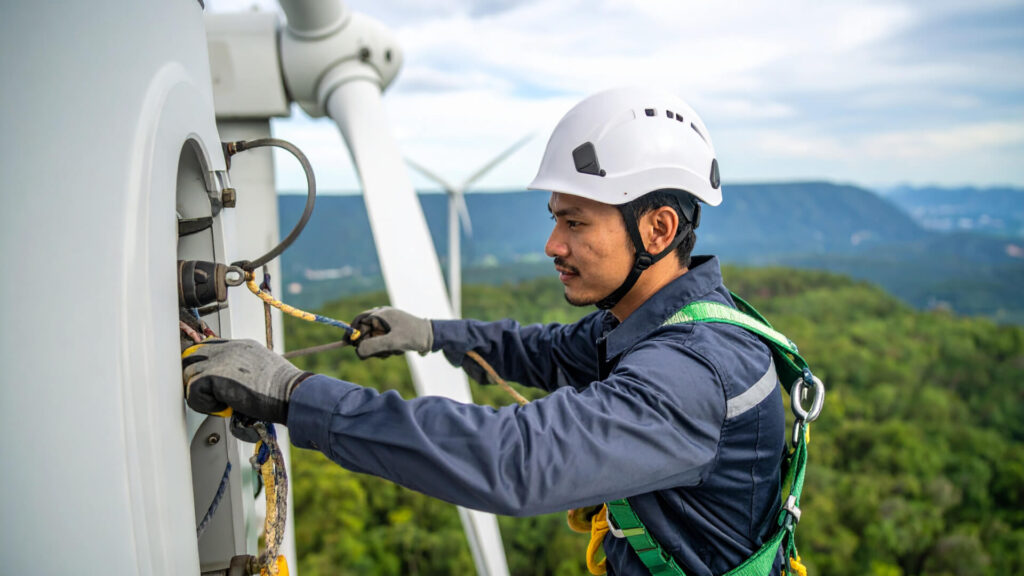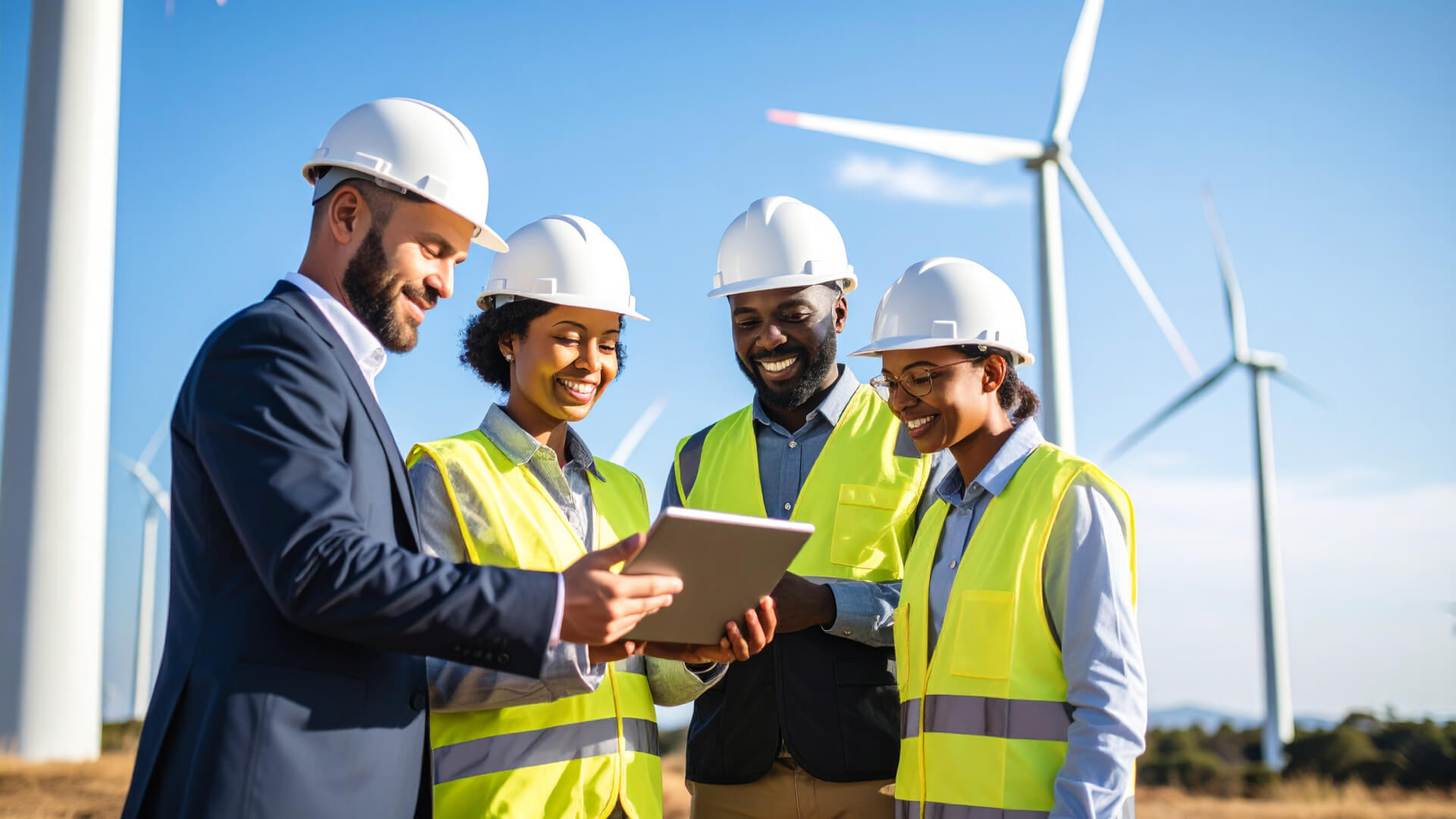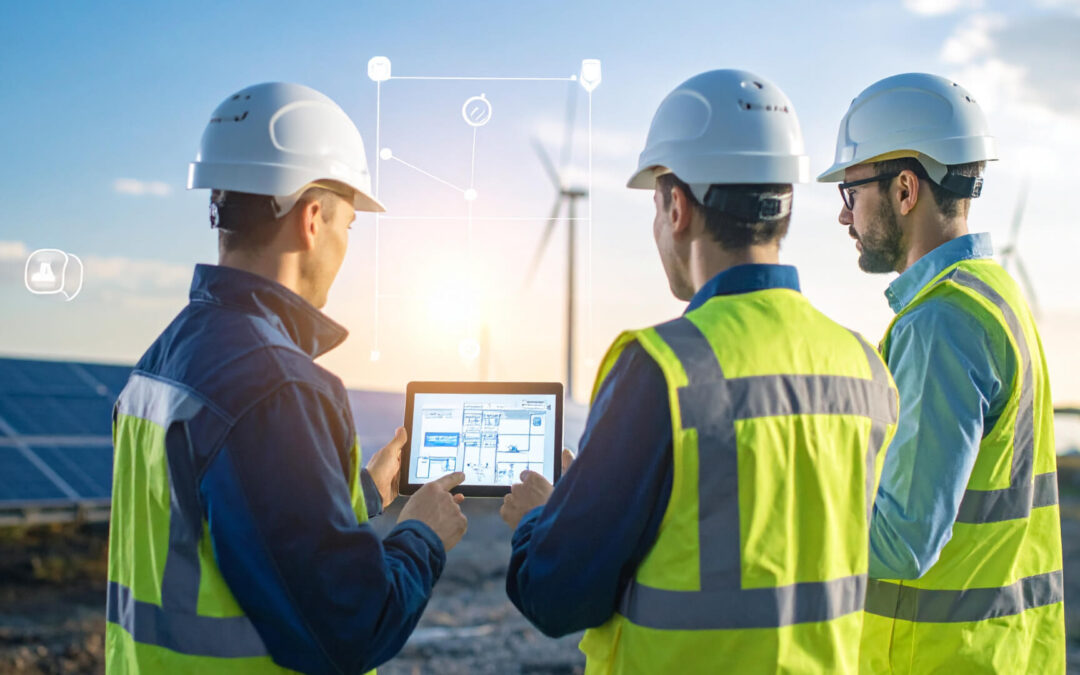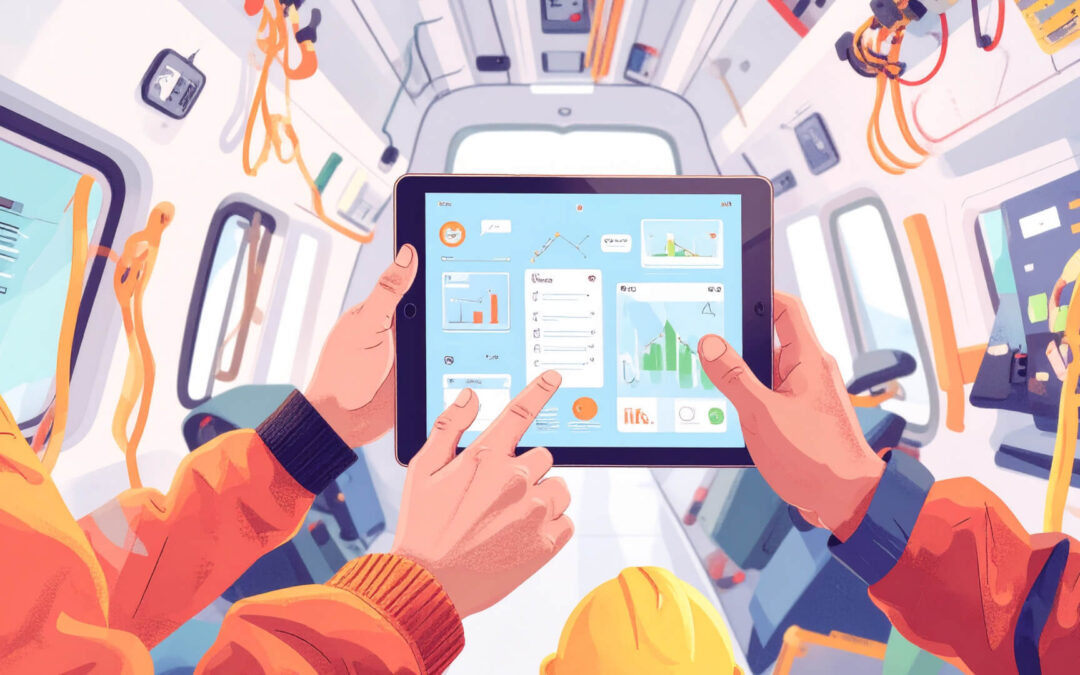The future of renewable energy doesn’t just hinge on new technologies—it depends on confident, capable people ready to keep those systems running. But are today’s workers prepared?
The renewable energy sector is experiencing unprecedented growth, employing 13.7 million people worldwide as of 2022 and expanding rapidly each year. In Australia alone, the workforce is projected to nearly double by 2025, with thousands of new jobs in wind, solar, and battery storage.
As wind, solar, and other clean technologies scale up to meet global energy demands, the industry faces a new challenge: a shortage of skilled, confident workers ready to take on complex technical roles.
Why Is Confidence a Problem?

Consider a wind turbine technician. Their job involves inspecting, repairing, and maintaining complex machinery—sometimes hundreds of feet above the ground, often in challenging weather conditions.
Similarly, solar panel installers must ensure that systems are configured correctly and maintained for peak performance.
Both roles require not just technical know-how but also the confidence to make decisions, troubleshoot unexpected issues, and work safely under pressure.
Yet, many workers in renewable energy feel underprepared when they first enter the field or when faced with new technologies. This lack of confidence can stem from:
- Rapidly Evolving Technology: New tools, software, and procedures are introduced regularly.
- Traditional Training Limitations: Classroom-based or one-size-fits-all online courses don’t always translate to real-world readiness.
- Geographical Challenges: Teams are often dispersed across remote sites, making consistent, hands-on training difficult.
- High Stakes: Mistakes can lead to equipment damage, safety incidents, or costly downtime.
The pace of technological change means workers must constantly update their skills. Skills gaps can slow down project timelines, increase operational costs, and even compromise safety standards. When workers are not fully prepared, the risk of errors, delays, and accidents rises.
All things considered, many companies struggle to find employees with the right technical experience, certifications, or willingness to work in remote or challenging locations. Specialized roles in battery storage, energy efficiency, and advanced solar and wind technologies are especially hard to fill. In the United States, a strong national renewable energy policy could support an additional 274,000 jobs by 2025, but without it, some states risk losing clean energy positions altogether.
At Global MicroLearning Solutions, we focus on one goal: helping people build real-world confidence—because knowing something isn’t enough if you’re not ready to act on it.
Here’s how our approach addresses the industry’s biggest needs:
Bite-Sized Microlearning LMS & App
Instead of overwhelming learners with hours of content, we break training into focused, interactive modules.
For example, a wind blade technician can complete a quick lesson on inspection best practices before heading to the field, reinforcing knowledge when it’s most relevant.
Our platform immerses users in realistic challenges like diagnosing a solar array fault or performing a wind turbine maintenance check so they can build practical experience and confidence before facing these situations on the job.
Gamification and Social Learning
Learning doesn’t happen in isolation. Modern training tools encourage collaboration, discussion, and knowledge sharing among peers. When workers see how others approach challenges and share their own insights, it reinforces learning and builds a sense of community.
By adding game elements and opportunities for peer collaboration, we make learning motivating and memorable. This keeps users engaged and encourages them to share insights, creating a stronger learning community.
A team of wind turbine technicians might use a platform to discuss best practices for blade repair, share photos of unusual defects, and offer tips based on their experiences.
Instant Support, Anytime
With our 24/7 AI-powered chatbot, workers can get answers to technical questions on the spot—whether they’re troubleshooting in the field or reviewing compliance requirements.
Picture this: A field technician encounters an unfamiliar error code on a wind turbine. Instead of waiting for a supervisor, they use a chatbot to get immediate troubleshooting advice, allowing them to resolve the issue quickly and safely.
The renewable energy industry’s future depends on a confident, capable workforce. By reimagining training as an engaging, practical, and supportive experience, Global MicroLearning Solutions is helping bridge the gap between knowledge and action, empowering every learner to power a more sustainable world.
In-House Specialist Training
Some organizations invest heavily in continuous, approved training for their specialists. For example, wind power companies often maintain in-house training centers where technicians practice real-world maintenance and repair tasks before heading to the field.
This hands-on approach ensures that teams are fully prepared to handle equipment safely and efficiently, reducing the risk of errors and accidents.
Rapid Deployment
When a wind farm experiences unexpected downtime, companies with well-trained, mobile teams can quickly dispatch the right specialists to resolve the issue. This agility is critical for minimizing energy losses and maintaining service quality.
Conclusion
The human side of renewable energy is experiencing dynamic and positive change. The global workforce continues to expand, with millions of new jobs projected by 2030 and significant growth already underway in regions like the U.S. Opportunities are broadening, especially for women and professionals seeking career advancement and higher salaries.
As the sector evolves, the demand for new technical skills is rising, making renewable energy an exciting field for personal and economic growth. Investing in people is no longer optional—it’s the key to accelerating the renewable energy transition. To learn how microlearning can empower your team, get in touch with us or request a demo.
Conclusion
Why is confidence important for workers in renewable energy?
Confidence helps workers make decisions, troubleshoot, and stay safe, reducing errors and delays.
What challenges do renewable energy workers face in gaining confidence?
Rapid tech changes, limited training, remote sites, and high-pressure tasks make confidence hard to build.
How does microlearning help build workforce confidence?
Microlearning delivers small, focused lessons that are easy to apply on the job, boosting skills and confidence.
What role does gamification and social learning play in training?
They make learning engaging and encourage peer support, improving motivation and knowledge sharing.
Can workers get help while on the job?
Yes, AI chatbots provide instant answers, helping workers troubleshoot quickly in the field.
How does in-house specialist training benefit renewable energy companies?
Hands-on training prepares specialists better, reducing mistakes and improving safety.
Why is rapid deployment of trained teams critical?
Quick response minimizes downtime and keeps energy flowing smoothly.
How is the renewable energy workforce expected to grow?
The sector is rapidly expanding, with millions of new jobs projected by 2030 worldwide.
What opportunities exist for career advancement in renewable energy?
The industry offers growing roles, especially for women and those seeking better pay and growth.
How can companies get started with microlearning solutions?
Contact Global MicroLearning Solutions or request a demo to explore microlearning benefits.




